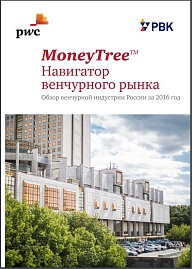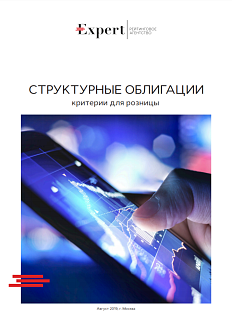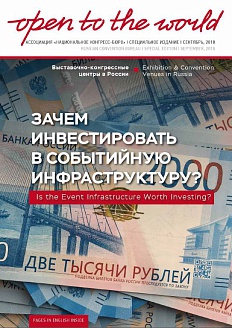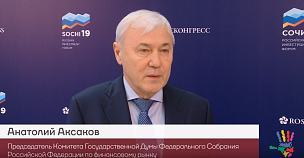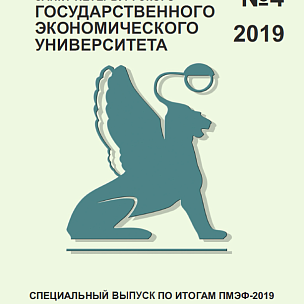The venture capital market, which forms the basis of the venture capital ecosystem, reached $243.7 million in 2017, compared with $165.2 million a year earlier. This indicates an increase in investment activity. The number of transactions has increased, and the average transaction size has grown to $1.5 million ($1.1 million in 2016).
The IT sector remains the leader in the number of venture capital deals and the volume of attracted investments. The average size of transactions at the start-up stage has increased from $0.56 to $0.83 million.
The number of investors withdrawals in 2017 has significantly decreased (15 transactions against 30 in 2016). The total cost of withdrawals has also decreased to $79.9 million, compared with $120 million in 2016. At the same time, the total value of all withdrawals in the first six months of 2018 ($68.5 million) is comparable with the sum for the whole 2017.
.png)
According to the data for the first half of 2018, the total volume of the venture capital market is $200 million. Such dynamics suggest a further rise in investors activity.
Russian venture funds demonstrate high involvement in the global venture capital system. For the last few years, the venture capital market has been steadily growing. On the whole, the publication demonstrates that the macroeconomic conditions are improving and that the investors attitude towards venture assets is clearly positive. Also, it shows a recovery in demand for venture capital companies at all stages of the investment cycle.


